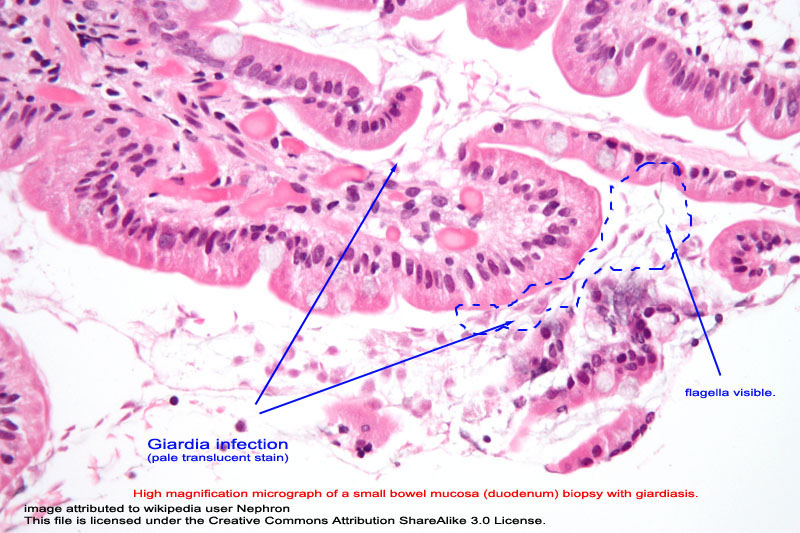Invasion Of The Body Snatchers
PAGE 2 {go to start page?}
by Mol Smith Dec. 2013
Our youngsters have never had a
better time for being entertained by movies which
fictitiously generates futuristic dystopian worlds
of vampires and zombies, or mass-extinction through
air-born viruses. Often the vampires and zombies are
created due to an infection. I thought it might be
interesting to consider some of the real invaders of
micro-organic forms, and the way they may invade our
bodies in exotic ways.
Most people are aware of Malaria, and the vector
(carrying, spreading-agent) for that being the mosquito.
But what about so many others?
|
Go Mad On
This |
CJD: in its classical form will see
you go mad then die in an average time of 4 to 5
months. In it's variant form, 13 - 15 months.
It's always fatal and there's no cure. Most cases of
prion disease are sporadic; that is, they
arise spontaneously for no known reason.
Sometimes, although rare, a prion disease is
inherited due to a faulty gene. Because the
infecting agent is a malformed protein capable
of influencing healthy protein in adjacent
cells, it can also be acquired by
medical procedures, transfusions, or
contaminated food. The sporadic occurring form
of the disease affect populations
worldwide. The incidence of sporadic CJD is
around 1 per million of the population per
annum; males and females are equally affected.
The incidence of the various acquired prion
diseases, however, is more localised to
specific groups and populations. |
||||||
Quick simplified understanding. Prions do not themselves behave like living components. They are not alive. They consist of a protein form which is structurally folded, which is not how our proteins should be. The prions seem able to influence similar protein in their hosts. They make normal versions of the protein restructure and fold... effectively ending their function in nerve tissue and cells. And that means brain cells and nerve tissue no longer are healthy. mol |
|||||||
|
3D model of
Giardia |
Giardia
|
||||||
| |
|||||||
This
will make you breathless - Pneumonia

Photo Credit: CDC/Janice Carr
Content Providers(s): CDC/Dr. Richard Facklam
Public Domain via wiki commons licence
The bacterium Streptococcus pneumoniae, a common cause of pneumonia. The disease/infection has been known to humankind since early Greek times, over 2000 years ago. The symptoms were described by Hippocrates (c. 460 BC – 370 BC)
It was not until the 1800s when Edwin Klebs became the first to observe bacteria in the airways of persons having died of pneumonia in 1875. Initial work identified the two common bacterial causes, Streptococcus pneumoniae and Klebsiella pneumoniae, and was performed by Carl Friedländer and Albert Fränkell in 1882 and 1884, respectively.
Pneumonia is not just an infection, it is more
known as a condition of the lungs which may be caused by
a variety of factors including non-infectious damage
through smoking or inhaling toxic dust.
CAP or Community-Acquired Pneumonia
is caused by an infecting vector which may be bacteria,
a virus, air borne fungi, or parasites such as
Toxoplasma gondii, Strongyloides stercoralis, Ascaris
lumbricoides, and Plasmodium malariae.
Half of all cases due to bacteria
are caused by Streptococcus pneumoniae. Other commonly
isolated bacteria include: Haemophilus influenzae,
Chlamydophila pneumoniae, and Mycoplasma pneumoniae.
Poor country populations have high
incidents of Pneumonia with high death rates in
children. Anti-biotic's can help fight bacteria caused
pneumonia but people with existing lung damage and
elderly people remain under greater risk of fatal
outcomes. Fungal pneumonia is uncommon, but occur more
commonly in individuals with weakened immune systems due
to AIDS, immunosuppressive drugs, or other medical
problems. Fungi causing pneumonia are Histoplasma
capsulatum, blastomyces, Cryptococcus neoformans,
Pneumocystis jiroveci, and Coccidioides immitis.
Top right:
X-ray of Lung affected by
Pneumonia. Note the white (denser) wedge in the right
lung, not apparent in the other lung.

A very prominent pneumonia of the middle lobe of the right lung. Author James Heilman, MD. Used here under the Wiki Creative Commons licence.

CT of the chest demonstrating right-sided pneumonia ( left side of the image ) by James Heilman, MD
Creative Commons licence.




